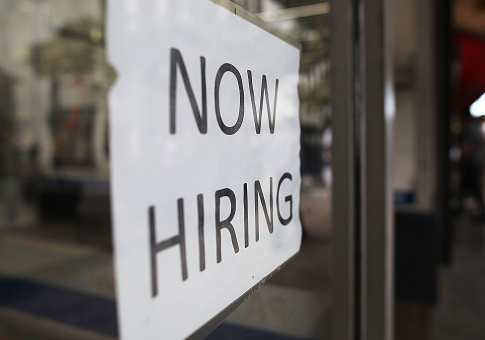In the strongest showing since July 2016, the unemployment rate in the United States remained low in February as U.S. employers added 313,000 jobs to the economy.
The February hiring increase kept the unemployment rate steady at 4.1 percent, where it has remained since October 2017, the Chicago Tribune reported.
Hourly wage growth, meanwhile, grew by 0.1 percent, a decrease from January, when it grew 0.3 percent.
The news comes on the heels of reports that U.S. consumers have also enjoyed the largest surge in disposable income since 2015.
"I love it," Ellen Zetner, chief United States economist at Morgan Stanley, told the New York Times. "We saw a flood of job seekers into the market. We were able to create enough jobs to accommodate new seekers and keep the unemployment rate steady."
The stock market increased 19 percent overall in 2017 thanks to the anticipation and passage of the tax reform bill. However, faster economic growth could lead to the acceleration of the Federal Reserve's interest rate hikes. The rate of inflation, which increased 1.7 percent over the past year, below the Federal Reserve's 2 percent goal, is expected to increase in the coming months. Such an increase could limit economic growth to 2 percent in the January to March quarter.
The recent announcement of tariffs on steel and aluminum imports could also cause job losses in the United States. The Trade Partnership, a Washington-based international trade and economic consulting firm, estimated the tariffs will potentially cost the economy 145,000 jobs, the Tribune reported. U.S. steel and aluminum producers are expected to increase hiring, but gains on their end may be more than negated by contractions from U.S. companies who purchase the metals.
